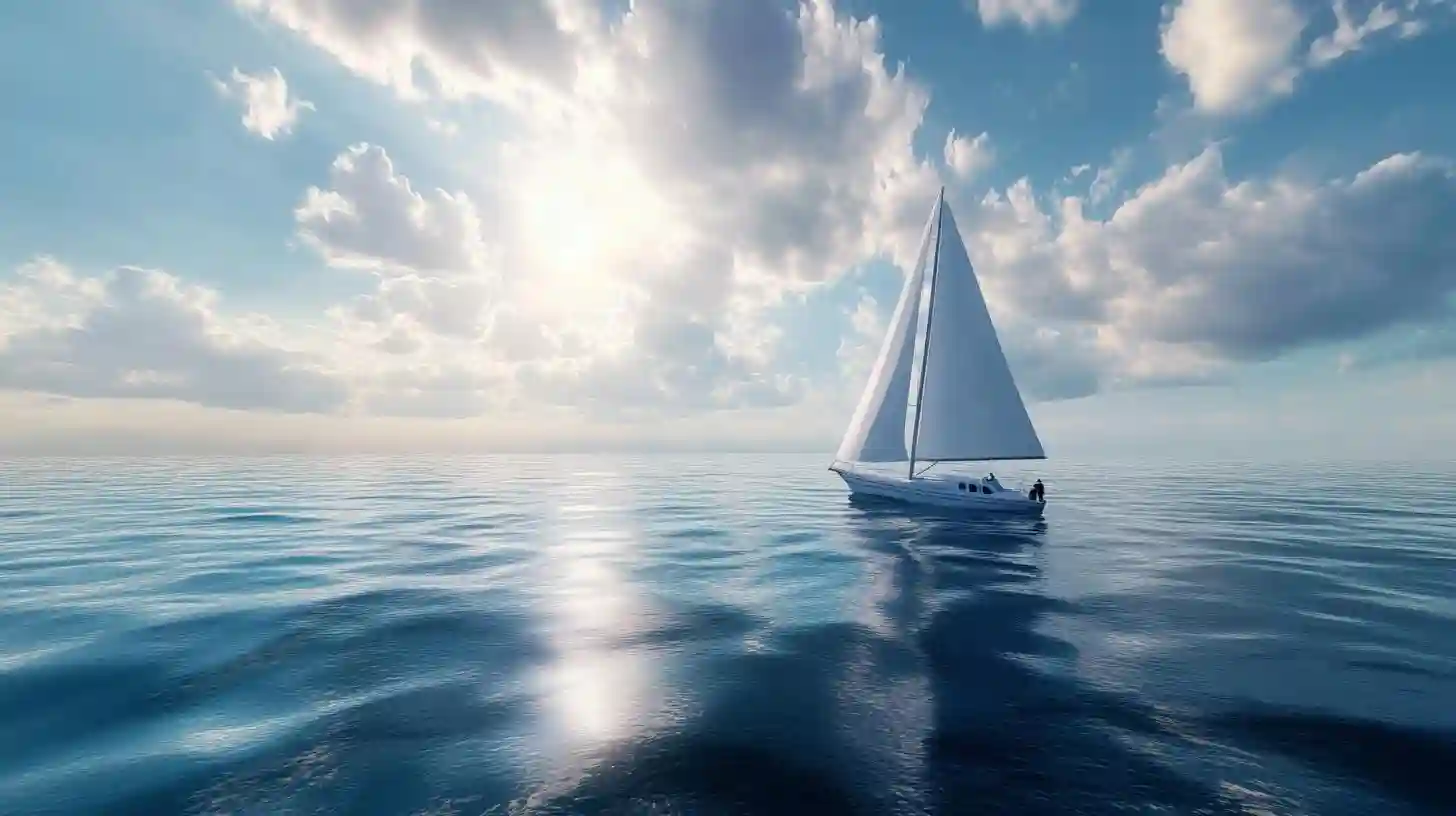
Weather conditions play a crucial role in determining the safety and performance of water sports activities. Athletes and enthusiasts keen on surfing, kayaking, sailing, or other water-based sports must be acutely aware of how various meteorological factors can influence their experiences. Factors such as wind speed and direction, temperature, precipitation, and how these elements interact can significantly affect both safety and performance.
Wind is one of the most immediate weather conditions that can impact water sports. For sailors, wind direction and speed dictate the feasibility of navigating safely across water. Strong winds can lead to capsizing or uncontrolled movements, posing risks to safety. In contrast, light winds may result in sluggish sailing performance, making it difficult to maintain speed and momentum. For activities such as windsurfing and kiteboarding, wind conditions are not only an aspect of safety but also a critical component for performance. Insufficient wind can lead to underwhelming experiences, while excessively turbulent wind can create dangerous conditions.
Temperature is another important factor influencing both safety and performance. Water sports often take place in environments that can vary significantly in temperature, impacting athlete comfort and safety. Cold water can lead to hypothermia, especially if participants are not wearing proper gear. On the other hand, extreme heat can cause dehydration or heat exhaustion, particularly during vigorous activity under the sun. Athletes must outfit themselves accordingly, taking into account both water temperature and prevailing air temperature to mitigate health risks while optimizing their performance.
Precipitation and storms can present severe challenges. Rain may seem innocuous, but it can reduce visibility and affect water conditions, making it challenging to navigate. Raindrops can create disturbances on the water's surface, altering currents and leading to unforeseen changes in performance. More critically, the onset of storms can introduce strong currents and waves that turn a previously safe environment into a hazardous one. Lightning is another extreme aspect of storm-related weather that can pose serious risks to water sports participants, compelling them to seek shelter and wait for conditions to improve.
Cloud cover also plays a significant role in water sports. Overcast conditions can lead to cooler air temperatures, which may not only impact comfort but also the performance of individuals relying on specific temperatures for optimal conditions. For example, a surfer may find that wave conditions are less predictable in cloudy weather, as wind patterns shift. Alternatively, bright sunny days can increase visibility and generally improve the overall experience for many athletes.
Tides and currents are influenced by gravitational pulls and weather patterns, further complicating the relationship between weather and water sports activities. Kayakers must be particularly attuned to tidal changes as they can significantly affect paddling conditions. Strong currents can either enhance or hinder performance depending on the athlete's knowledge of the waterway coupled with the prevailing conditions. Knowing when to paddle against the current or ride with it can be the difference between a challenging day on the water and a successful outing.
Furthermore, local weather systems can create microclimates that affect water sports regions differently. Athletes familiar with their local conditions will be better equipped to adapt their strategies and techniques for varying scenarios. This knowledge can lead to improved performance and a safer experience.
Lastly, the broader seasonal patterns should not be overlooked. The time of year can drastically affect not only weather patterns but also water temperatures and typical wave sizes. Understanding seasonal variations allows avid water sports enthusiasts to plan their activities to match their experience level with suitable conditions, enhancing safety and enjoyment alike.
Given these myriad factors, water sports enthusiasts must remain vigilant about the weather conditions surrounding their activities. Many athletes check local forecasts not just before their outings but also continuously throughout their time on the water. This ongoing awareness results in better-informed decisions, ultimately contributing to safer environments for water sports. Adequate preparation and a willingness to respond to changing conditions can mean the difference between enjoyment and danger, exemplifying the essential relationship between weather and water activities.